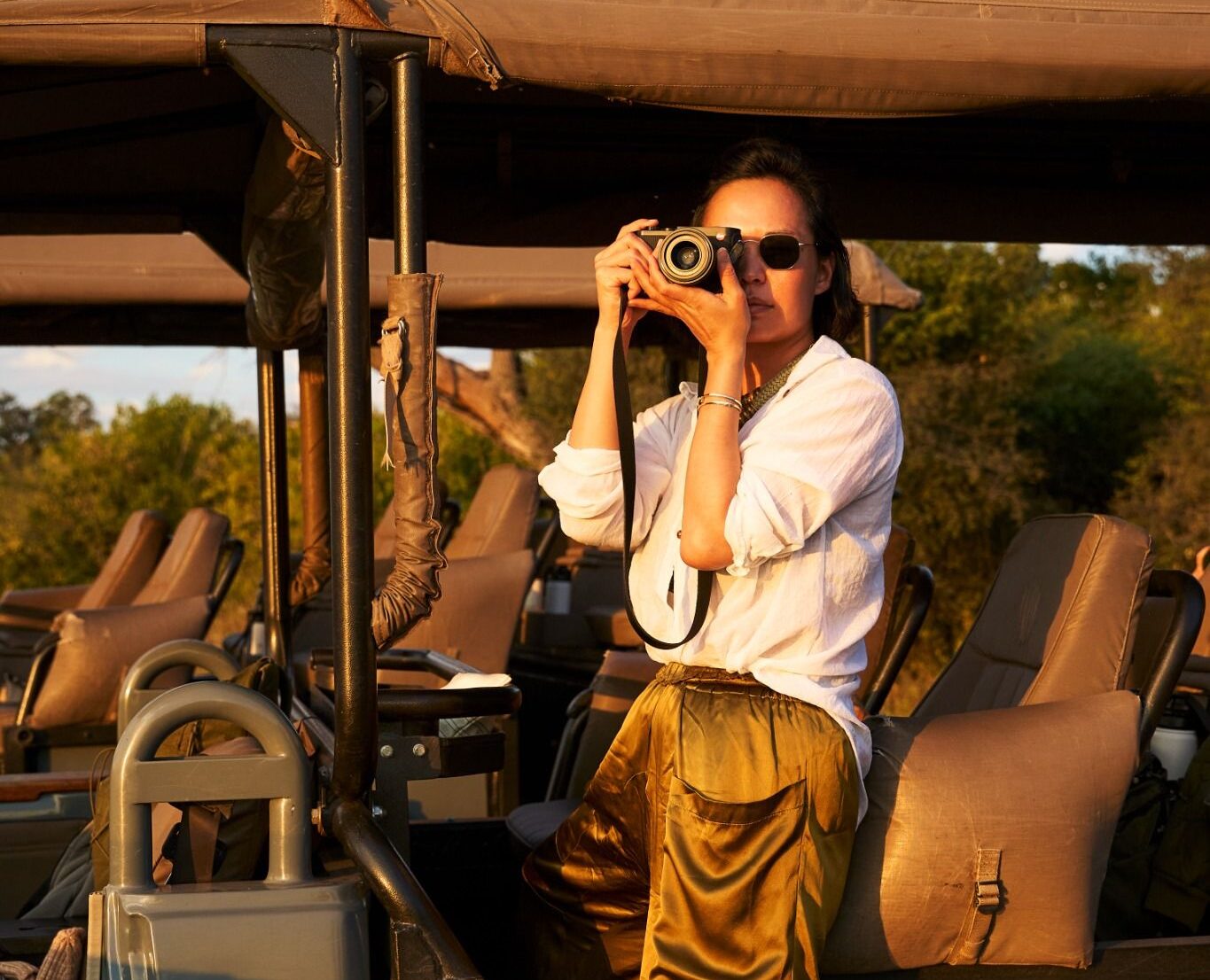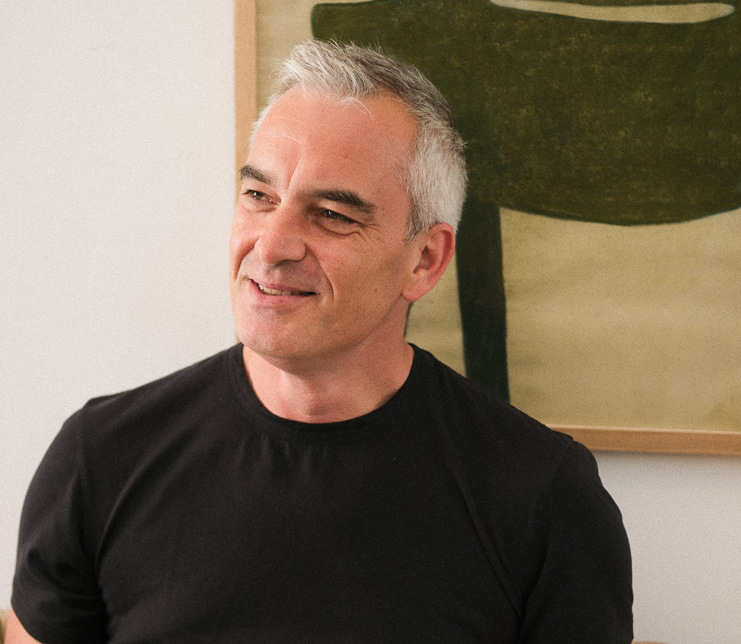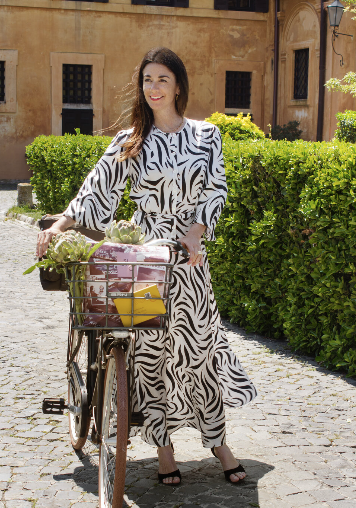We care about your privacy. We attempt to limit our use of cookies to those that help improve our site. By continuing to use this site, you agree to the use of cookies. To learn more about cookies see our Privacy Policy.
Darryl Gibson
A cultural curator reframing Miami’s social life through heat, ritual, and human connection
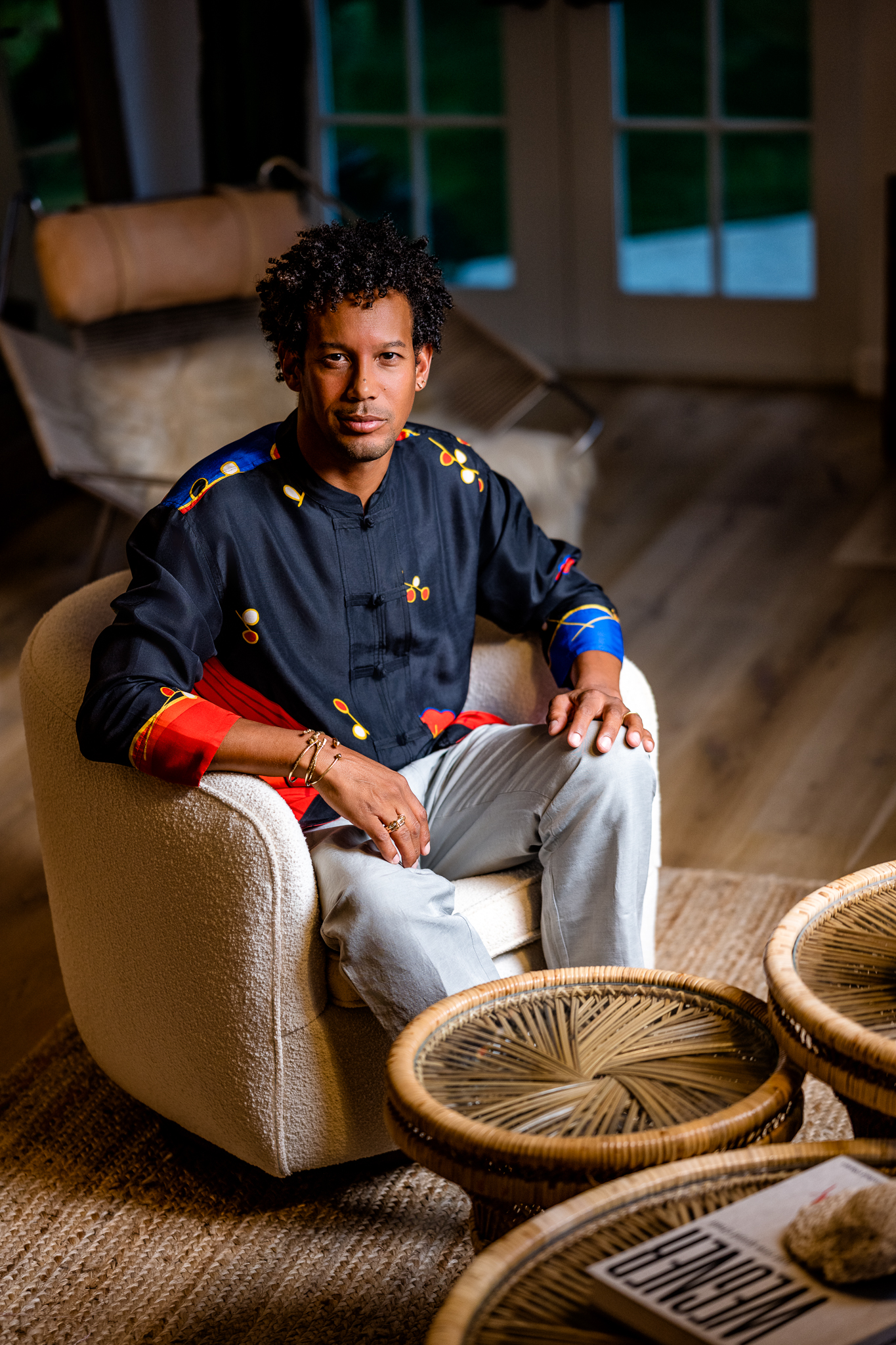
– follow Darryl –
Darryl Gibson has always been a connector — of people, places, and the kind of meaningful experiences that don’t need sparkles or spectacle to feel electric. After shaping the cultural pulse of spots like Bungalow 8, Bar Marmont, The Standard, and Faena Miami Beach, he’s now channeling decades of instinct and obsession into Grotto, Miami’s first social bathhouse and a bold reimagining of what communal wellbeing can look like in a city built on nightlife. In this conversation, Darryl dives into the inspiration behind this “modern thermae,” the architecture that activates rather than soothes, the intentional absence of alcohol, the creative collaborators shaping the project, and why he believes the next frontier of hospitality is all about genuine human connection.
WHAT DO YOU DO AND HOW DID YOU GET HERE?
I’m an operating partner at Grotto Social Baths, Miami’s first social bathhouse opening in Wynwood next spring. I also do brand strategy and development for hospitality and lifestyle brands. I spent years as a professional actor in New York and LA, and at some point realized I was more interested in what happened after the show. So I made the jump into hospitality, running places like Bungalow 8 in New York and Bar Marmont at the Chateau Marmont, and serving as the Director of Culture & Programming for both of The Standard hotels in LA and The Standard Spa in Miami, and Faena Miami Beach.
WHY THE HOSPITALITY INDUSTRY?
I didn’t plan on a career in hospitality—it kind of found me. Or maybe I fell into it. Either way, what I’ve learned over the years is that I genuinely love this work. I love finding ways to create experiences that bring people together, that make them feel taken care of without feeling like they’re being handled. What keeps me engaged is understanding different perspectives—how people from different backgrounds experience a space, what draws them back, and how we can create genuine connection rather than manufactured experience.
Darryl’s portrait shot by Nick Garcia
Read on…
Share this Story
GROTTO FEELS LIKE A NATURAL EVOLUTION OF YOUR WORK AT THE STANDARD — BLENDING WELLNESS, CULTURE AND SOCIAL CONNECTION. WHAT INSPIRED THIS NEXT CHAPTER?
The Standard Spa in Miami Beach did a great job of making spa experiences as much about community as about restoration and renewal. It’s a special place and I loved working there, but I was an enthusiastic bather long before I worked at The Standard. The first time I went to Marrakech, over twenty-five years ago, I visited a hamam in the medina and was blown away by the sense of ritual, tradition and the closeness of the community. I imagine those guys were going to the baths 1-2 times a week, maybe more. Ever since that trip, whenever I travel to a place where communal bathing is a part of the cultural vernacular, I always want in. You name it — Morocco, Istanbul, Mexico, Europe — I want to know where the local people are going to sweat, soak and recharge. You could find me at the Korean baths every Saturday morning when I lived in LA. I was so disappointed when I moved to Miami to find that there weren’t any communal bathing places, except for hotel spas and some of the fancier gyms. Hotel spas are nice and all, but they can also be pricey, and getting an appointment can be a whole production, so it’s not easy for most people to make a habit of it. I feel like Grotto will make it possible for many more people to benefit from regular sauna visits, while also giving them another place to connect with others.
YOU’VE CALLED GROTTO “A MODERN THEMAE.” WHAT DOES IT MEAN IN THE CONTEXT OF MIAMI TODAY?
Yes! The public baths of Ancient Rome were civic institutions. They were built for people to take baths, but they were so much more than that. The thermae were essential to the Romans’ lives. They were thriving cultural spaces. Places for debating politics and philosophy. Some of them had gyms, lecture halls and restaurants. They were open to people of all social classes, subsidized by the government, and considered essential to everyday life. Today, there’s a lot of conversation about how lonely people are, about how much social media and technology is pushing us away from each other. In the end, I think we all need to feel like we are a part of a real community. Understanding our place in our community should make us happy.
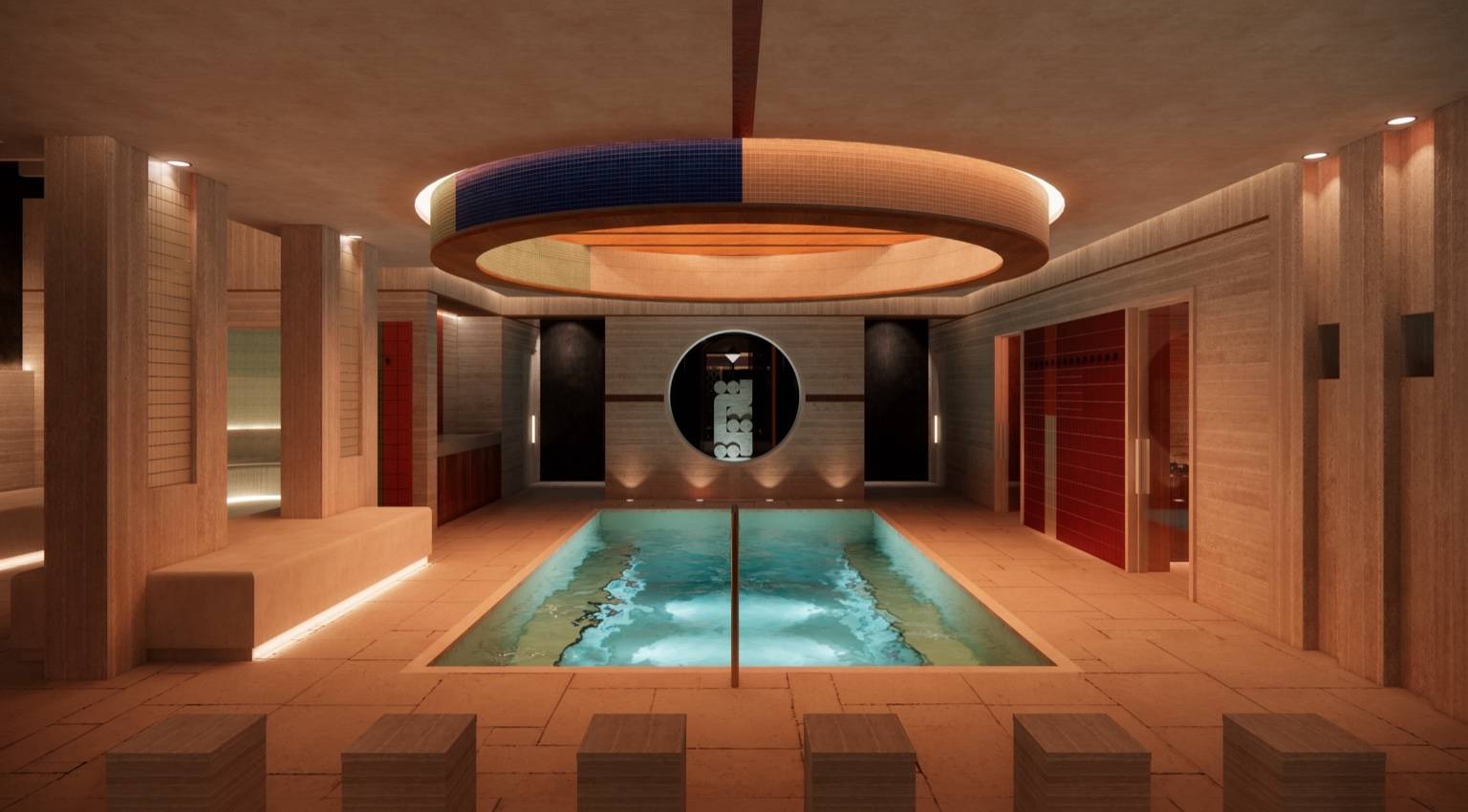
MIAMI IS KNOWN FOR NIGHTLIFE. GROTTO SEEMS TO BE REDEFINING WHAT IT MEANS TO GATHER IN THE CITY. WHAT KIND OF COMMUNITY ARE YOU HOPING TO BUILD?
I started out working in bars and clubs in New York City, so I know firsthand the kind of magic that can happen in those spaces. But I feel like so much of Miami’s nightlife has lost some of that magic and become manufactured and forced. It’s more about “showing off” than “showing up”. I actually don’t really feel like most nightlife experiences are truly social anymore; it’s like a lot of people come together in the same room, don’t want anything to do with each other, and end up scrolling on their phones all night. I find the idea of Grotto refreshing; there’s so much to discover in the heat of the sauna, the cold of the cold plunge, or even just soaking in a mineral pool when you’re in the company of other people. I’d like to see Grotto become an essential part of the lives of both members and guests. For them to crave interaction with each other. I hope the atmosphere is full of vitality, that we can bring people closer together, and they feel like their lives are improving because of it.
THE DEISGN BLENDS BRUTALISM WITH TROPICAL MODERNISM. HOW DO YOU SEE ARCHITECTURE SHAPING THE EMOTIONAL EXPERIENCE OF A SPACE LIKE THIS?
When we set out to design the space with Stokes Architecture & Design, it was really important to us that Grotto didn’t end up looking like a day spa or a spa in a luxury hotel or residential building. The space is alive, not precious. We don’t see Grotto as the place you escape to when you want to disconnect, but the place you come to when you want to be activated.
The board-formed concrete and the bold geometric forms create a sense of presence and ground you immediately. You’re not floating or drifting away; we want you to be here in your body and awake to the experience. The tropical modernism brings in light and the elements, and a connection to Miami’s climate and landscape. It invites nature in and opens the space up without trying to hide the structure.
We also knew we were drawing on centuries-old traditions and wanted the design to honor that while being completely in the here and now.
THE CAFE AND SENSORY BAR AND ALCOHOL-FREE. WAS THAT A DELIBERATE MOVE TOWARD A DIFFERENT KIND OF PLEASURE CULTURE?
There were a few reasons that we chose not to offer alcohol. The first was that there are plenty of places in Wynwood to get a drink, and we didn’t feel that Grotto needed to be one of them. Many younger people aren’t drinking as much as my generation did, and I know a lot of people my age who are looking for places to hang out where there isn’t such a focus on drinking alcohol. We also considered the safety of the guests when going in and out of environments with extreme temperatures while intoxicated. The most compelling reason, though, if you ask me, is that Chef Erik is creating an exciting menu of functional drinks that will actually make you feel good and won’t leave you with a hangover the next day.

COLLABORATION SEEMS CENTRAL — FROM COHERE TO CHEF ERIK OBERHOLTZER AND ARTIST EMMETT MOORE. HOW DID YOU APPROACH CREATIVE PARTNERSHIPS FOR GROTTO?
From the beginning, collaboration and partnership have been very natural. Antoinette Marie Johnson, founder of Cohere, and I had worked together before, so we had a shared language around hospitality branding — and she brought me in to meet Nathan Kaplan and Nick Anselmo, who are the founders of the project. Erik’s philosophy on food mirrors what we’re building: a communal experience, not something precious. The Sensory Bar & Café isn’t just an amenity; it’s an integral part of the Grotto experience. Emmett was born in Miami. It was important to us to choose an artist who was local and understood the creative spirit of Wynwood. He also worked with materials that literally reference a grotto in his Bass Museum exhibition, The Grotto, which inspired the breeze-block wall he’s creating for us at the entrance.
WHAT DO YOU THINK IS THE NEXT FRONTIER OF HOSPITALITY AFTER WELLNESS, AFTER EXPERIENCE?
The next frontier of hospitality is activation. Hospitality that exists to bring people together around something real, tangible and meaningful. The “experience economy” gave us Instagrammable moments, but with no real connection. And wellness is already a commodity, and it’s often focused on the optimizing the individual. Going further and staying longer, engaging in activities where human interaction is the focus. I see this next frontier as bringing us back to ourselves in a way, helping us feel more connected, more alive, and more clear on what it means to live together peacefully on this planet.

DO YOU HAVE A FAVORITE HOTEL IN THE WORLD?
A hotel I recently stayed at, Vocabolo Moscatelli, was a special find and a place I’m eager to return to. It’s a meticulously restored monastery in the hills of Umbria, with 12 suites, a small restaurant, and a beautiful garden. The restaurant was charming and the food was exceptional. They hosted bonfires at night and invited the guests. We met some fascinating people from all over the world. It’s within a short drive of some of the most beautiful old Italian towns, so exploring the region was very easy.
IF GROTTO HAD A SOUNDTRACK, WHAT WOULD IT SOUND LIKE?
There’s an earthiness to the soundtrack, but also sophistication. Don’t expect to hear whale sounds or pan flutes. The music needs to feel communal and move through the body. Brazilian rhythms, Afrobeat, jazz-inflected electronica. A touch of deep house, maybe at night. Artists like Greg Foat, Rogê, Maribou State, Cymande.
Have you signed up for our free weekly newsletter yet? Never spammy, always bringing you the best and coolest hotels in the world and global lifestyle culture, all through the eyes of industry insiders and local tastemakers.Sign up here!
Share this Story
More Industry Insider Interviews
m2atelier – Marijana Radovic and Marco Bonelli
The Milan-based duo crafts soulful, design-driven spaces where architecture meets emotion
tell me more ›Erina Pindar
The SmartFlyer COO on leadership, travel trends and why the human touch still matters in travel
tell me more ›

